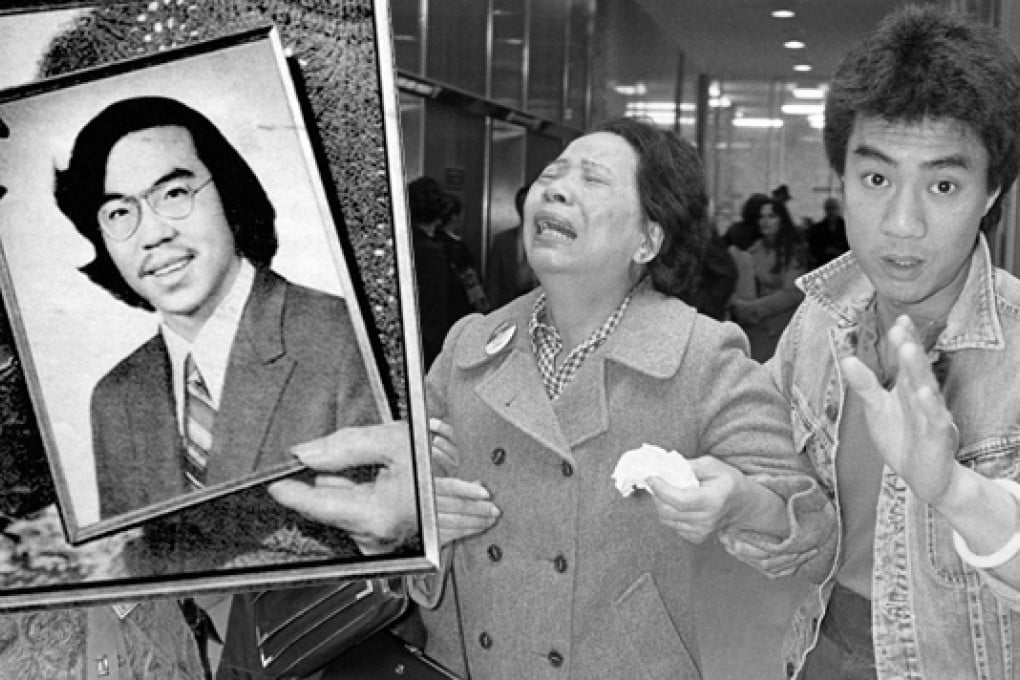Entry points
As the Asian-American 'community' in the United States expands, splinters and fragments, the issue of affirmative action has become as divisive as it is emotive, writes Rong Xiaoqing

Joshua Tang, a senior at the University of Texas at Austin, in the United States, stood shoulder to shoulder with veteran black activist Reverend Al Sharpton on the steps of the US Supreme Court at a rally last October. He was supporting the university's admissions policy, which gives minority students special consideration, and it appeared as though he was there to speak for black people.
Tang, the son of a Taiwanese father and an African-American mother, doesn't define himself only as black, though.
"I am neither black nor Asian but I am also both," says Tang, who, when filling in the ethnic background box on government forms often ticks both racial categories. He was at the Supreme Court, he says, because he believes he has benefited from the university's race-conscious policy and because many other minority students like him need a little extra help to get into college.
"A diverse campus is good for all students," says Tang.

"If I work harder and get better scores than a black student, but he gets the admission and I don't, it'd be really unfair," says the 12th grader, who often studies until midnight and attends prep school at weekends. "I think colleges should only judge students on their merits rather than what they look like," he adds.
The difference of opinion between Tang and Shen is indicative of an ongoing national debate spurred by the court case that took Tang and Sharpton to the Supreme Court steps - Fisher vs the University of Texas. Abigail Fisher, a white student who was denied entry by the university, had sued for discrimination, claiming applications from minority applicants were favoured over those from whites. A lack of transparency in college policies as well as the large degree of discretion allowed to admissions officers mean it is hard to prove how much race counts in the admission or rejection of any one student.